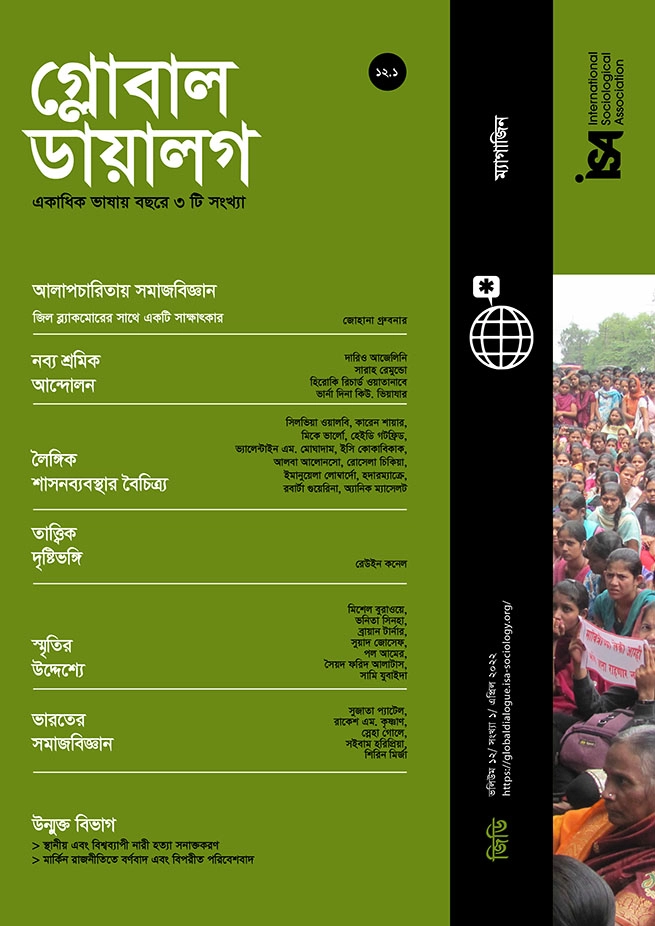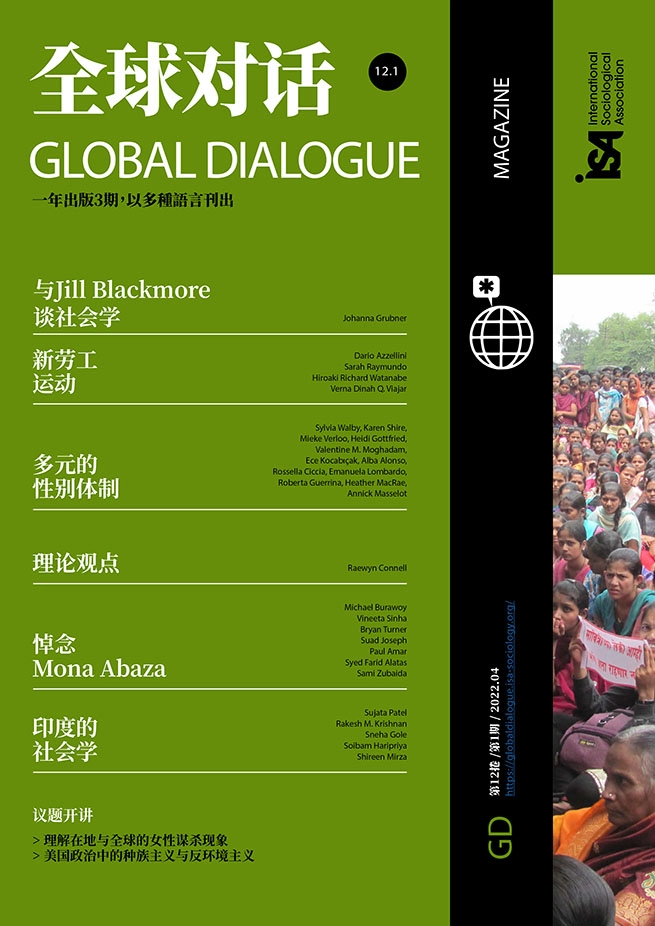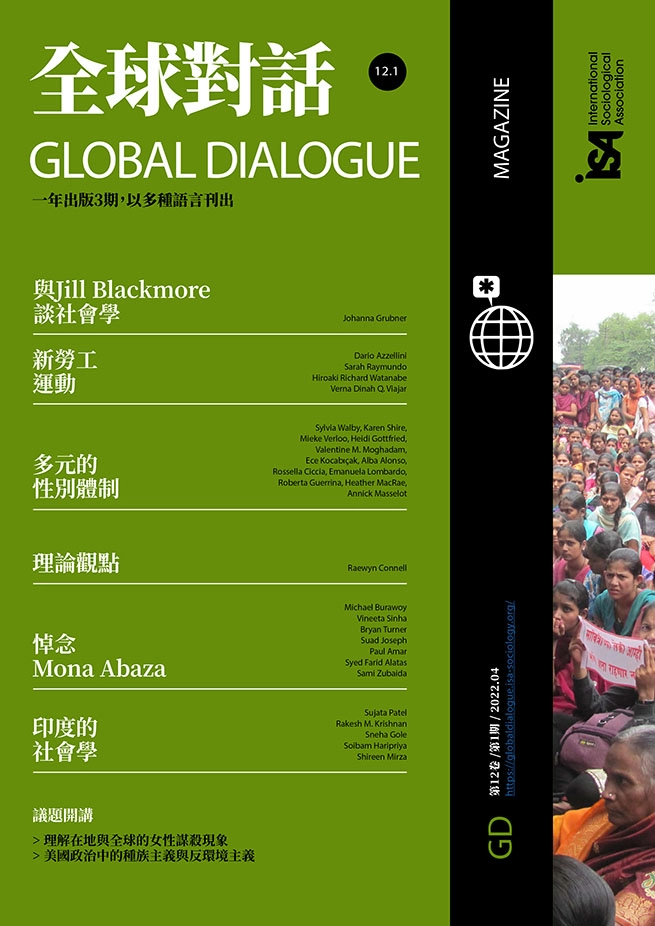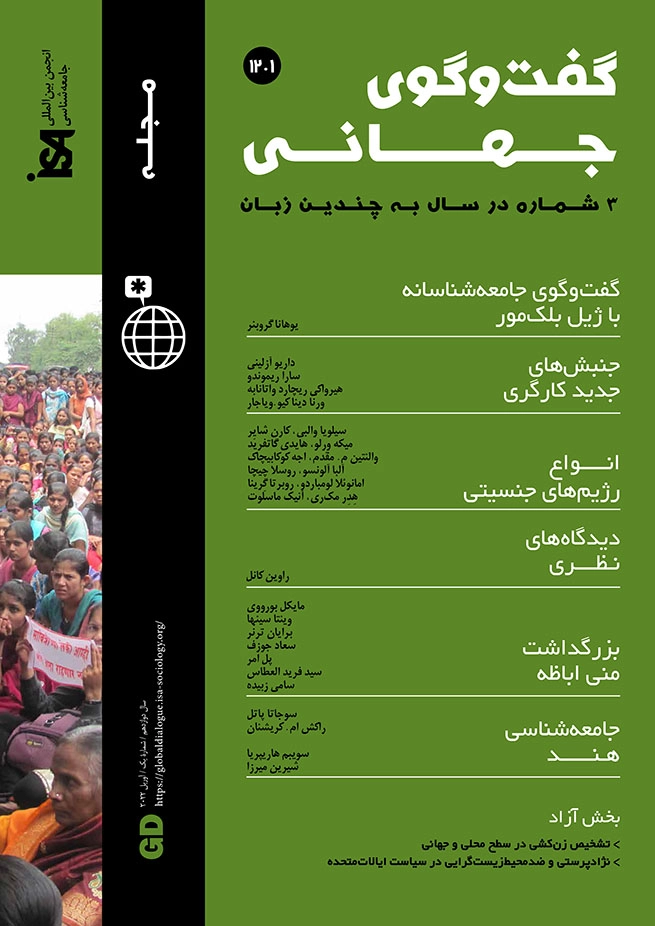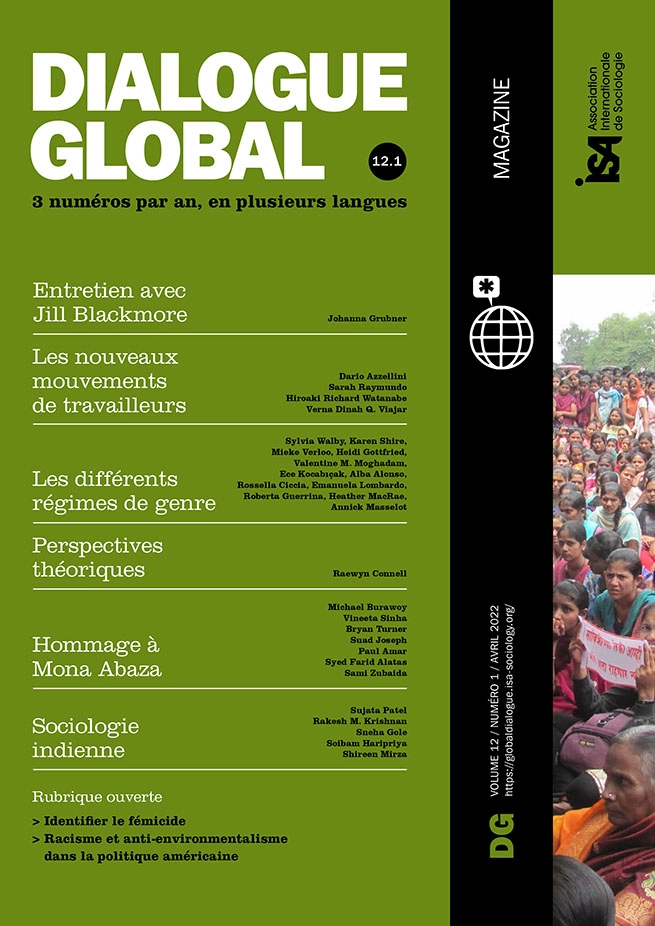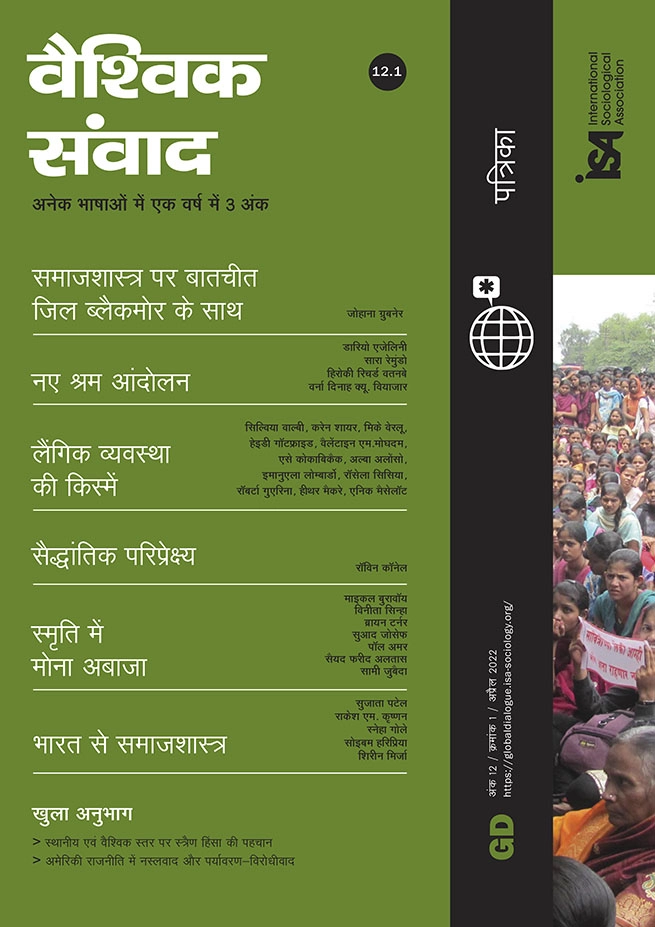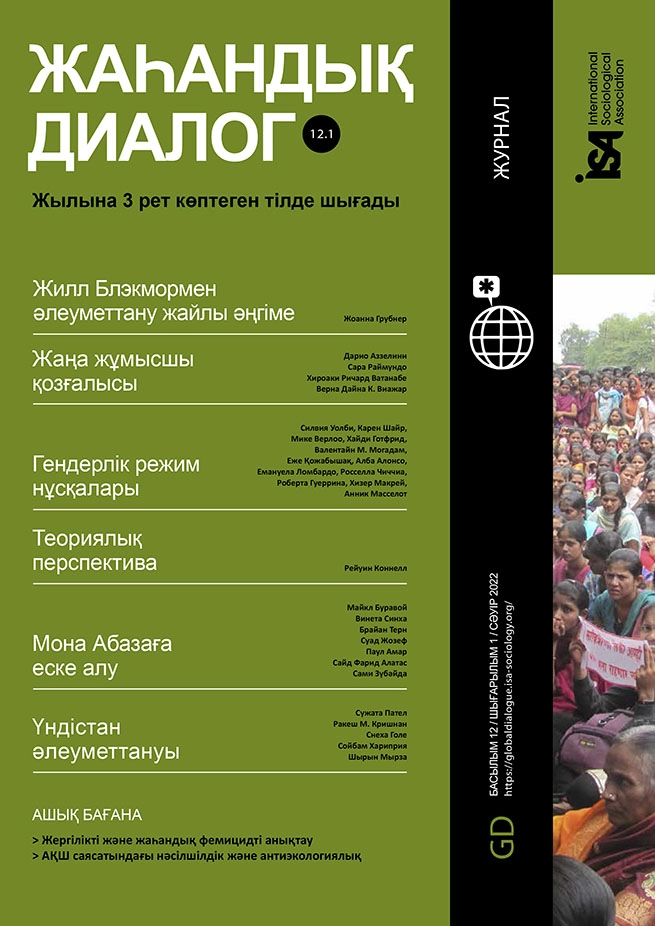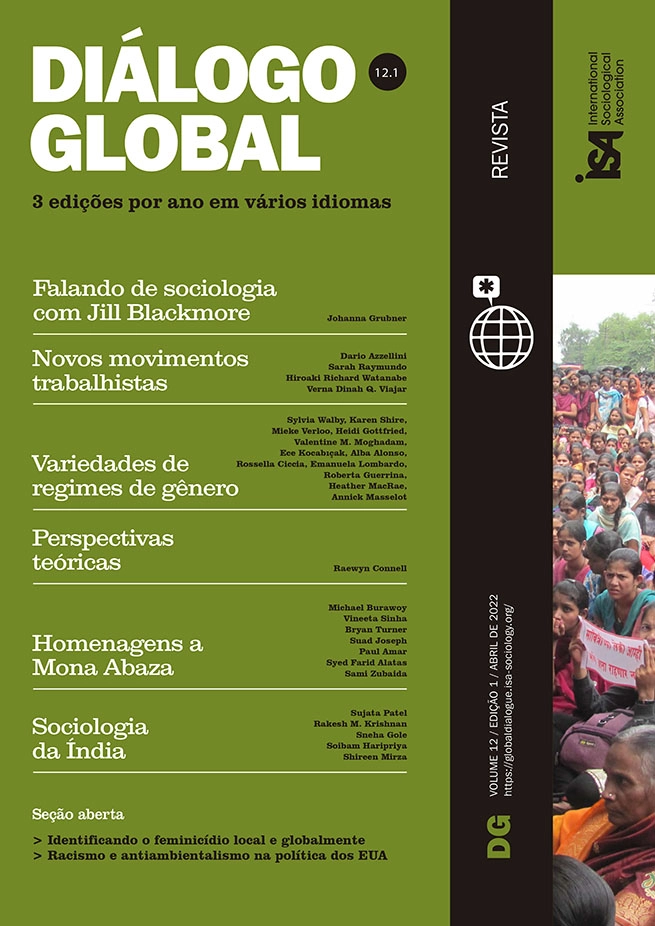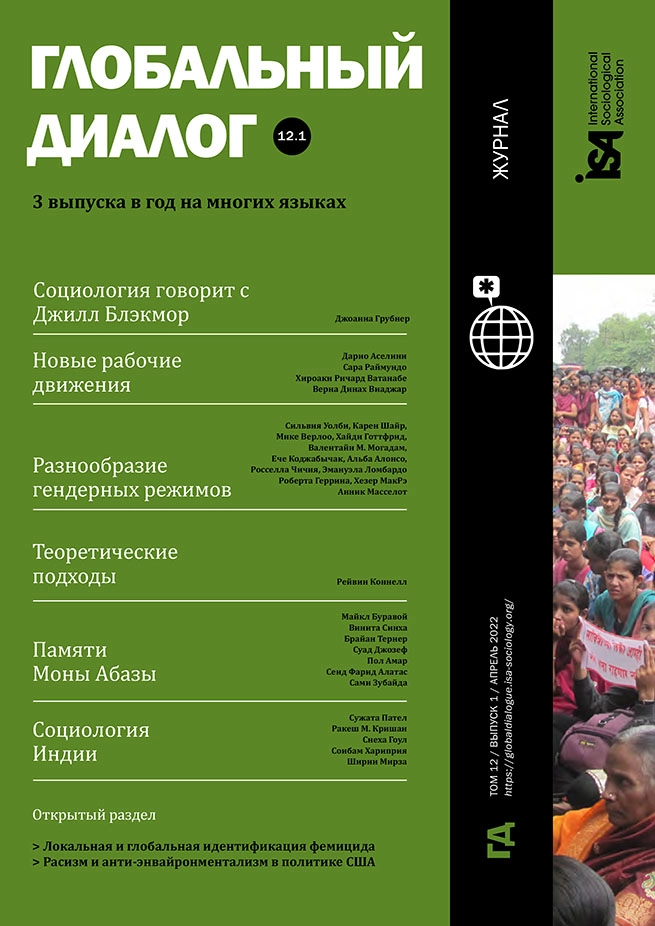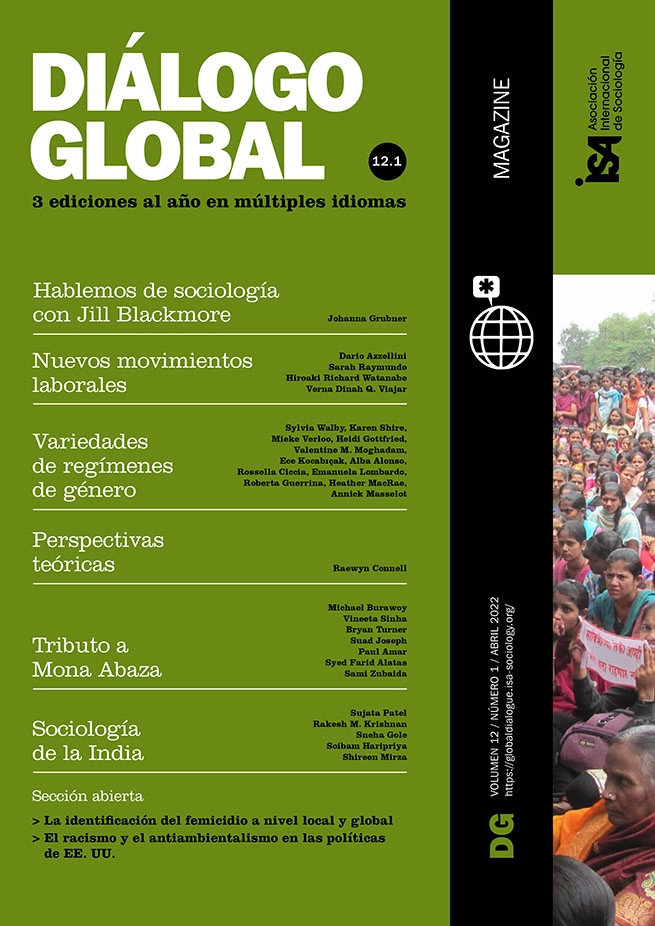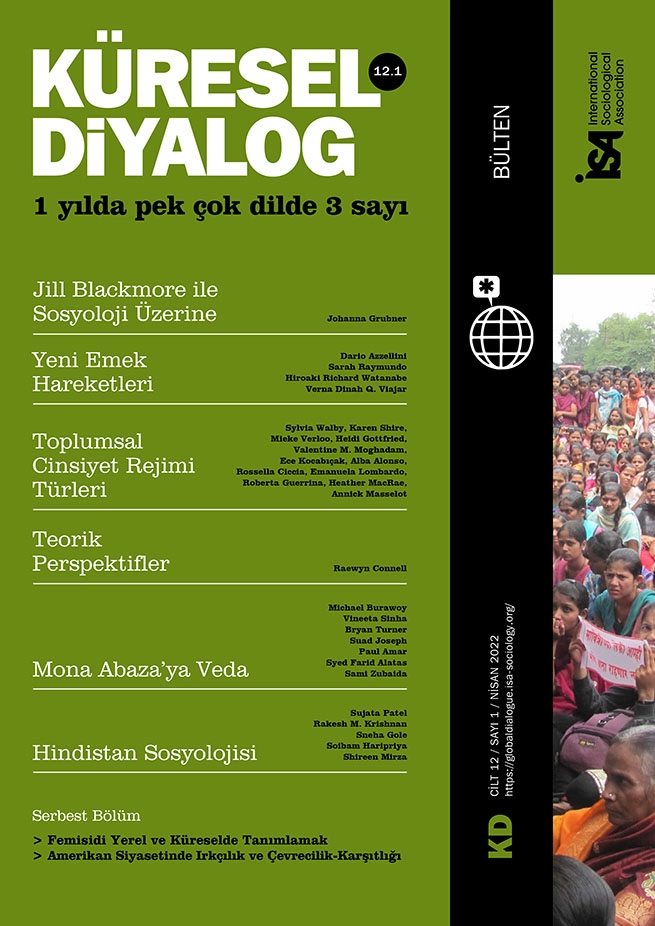As a macro-level sociological concept formulated by Sylvia Walby, gender regime has been theorized and analyzed largely at the national level and applied predominantly to regions characterized by highly economically-developed capitalist democracies that are strongly integrated into the capitalist world-economy and its financial markets. To date, the country case studies include the United Kingdom, United States, Spain, Japan, and Germany. We are, however, beginning to see application to less-developed regions that are home to both democracies and authoritarian polities, either weakly integrated into the world-economy or highly dependent. Here I focus on Iran and Tunisia and begin with some background and context.
Application to Israel (by Amalia Sa’ar), Turkey (by Ece Kocabıçak), and the Maghreb countries of Algeria, Morocco, and Tunisia (by the present author) shows that the concept of gender regime can be extended to non-Western contexts, albeit with the necessary adjustments to account for national-level specificities and within-country variations. Sa’ar deploys the concept of the “patriarchal gender contract” (which I introduced in a 1998 book) to describe Palestinian-Israeli women’s stalled labor-force integration into the neoliberal economy; the result in Israel is a predominantly domestic-centered gender regime, with smaller-scale, public-centered types operating alongside. Kocabıçak argues that domestic gender regimes in Turkey vary between premodern and modern forms, both over time and by subnational region. Aili Mari Tripp does not use the concept of gender regime in her recent book, Seeking Legitimacy, but her comparison of the Maghreb countries of Algeria, Morocco, and Tunisia with other Middle East/North African (MENA) countries confirms my discussion of the shift from a “neopatriarchal” to an emerging “conservative-corporatist” gender regime in that MENA subregion. Rania Maktabi, while not drawing on gender regime theorizing, discusses gendered citizenship regimes, differentiating North Africa, the Levant, and the Persian Gulf sheikhdoms. In my own work, I have raised the question of non-Western or non-capitalist modernities (e.g., under Communism or in authoritarian settings) in addition to focusing on emerging gender regimes in newly democratizing Maghreb countries, especially Tunisia, and more recently Iran.
In all cases, feminist theorizing has drawn attention to both progress and stagnation, if not regression, in the evolution of patriarchy and the established gender regimes. A question that arises, therefore, is whether gender regimes are not only constituted by national-level institutional domains and class structure, but also shaped by the economic zone within which they are located – core, periphery, and semi-periphery – as elaborated by world-systems scholars. Theorizing gender regimes at this scale might be a first step in identifying varieties, dynamics, and prospects; diffusion and clustering; convergences and divergences; and drivers of change and regress.
Global South gender regimes - conceptual issues
To extend application beyond the Global North, I highlight three conceptual issues. One pertains to the nature and extent of the persistence of private patriarchy (domestic or pre-capitalist gender regime), the appropriate name for the emerging or established gender regime (conservative vs neoliberal or social-democratic), and the continued salience of family as an institutional domain.
A second pertains to scale. In a recent article on Iranian Kurdistan that I co-authored with two Kurdish-Iranian sociologists, which focuses on the capital city of Sanandaj, family remains a significant institutional domain within the broader – and far more centralized – national-level neopatriarchal gender regime of Iran. Do institutional domains operate differently at different scales?
A third issue concerns the drivers and actors behind the shift from one gender regime to another, and the factors behind stagnation or regression. For example, in my work on shifts in the gender regime in the Maghreb, I identify feminist mobilizations as key drivers of change, but I note that further progress – especially in democratizing Tunisia – has been hampered by economic crisis.
The three delineated issues are interconnected, in that drivers and actors may be present at various scales, and institutional domains may be influenced by global as well as national and subnational dynamics. My core argument is that the capitalist world-system – understood as the highly unequal and hierarchical configuration of capitalist markets and interstate relations – should be the conceptual entry-point for our understanding of gender regime prospects and dynamics, including institutional configurations at different scales.
Gender regimes in Iran and Tunisia – applying world-systems analysis
I explore these interconnections with an empirical focus on two MENA republican polities with large middle classes, including educated and aspirational female populations. One is authoritarian and oil-rich but subject to punishing U.S. sanctions (Iran); the other is democratizing but economically depressed and heavily indebted (Tunisia). They have different polities, economies, and civil societies but similar debates around family. The institutional domains, as well as the respective gender regimes that are constitutive of them, are not only shaped by internal factors and forces but also are highly susceptible to forces that operate at the level of the hierarchical world-system.
Gender regimes, I argue, are products of world-systemic processes that affect actors and institutions within and across national borders, enabling or impeding gender equality. In Iran’s case, an emergent semi-peripheral state challenges the world-system’s hegemon, incurring economic and financial penalties that in turn strengthen domestic right-wing forces and impede or reverse progress on women’s participation and rights. This includes a recent, highly contested official decision to release children’s reports cards only to fathers. In Tunisia’s case, a widely admired democratic transition and emergent gender regime moving in an egalitarian direction is imperiled by the country’s small economy, tangential links to global commodity chains, and dependence on external investments and loans. This includes the deadlock and inaction around equal inheritance for sisters, hugely disappointing to feminist activists, and a recent controversial presidential intervention in the polity. The analyses of Iran and Tunisia, two cases of Global South countries at the interstices of periphery and semi-periphery, elucidate the influence of world-systemic processes – the politics of hegemony within the interstate system, and the vulnerable status of smaller economies within the world-economy – on gender regimes.
Valentine M. Moghadam, Northeastern University, USA, and member of ISA Research Committee on Women, Gender, and Society (RC32), <v.moghadam@northeastern.edu>









